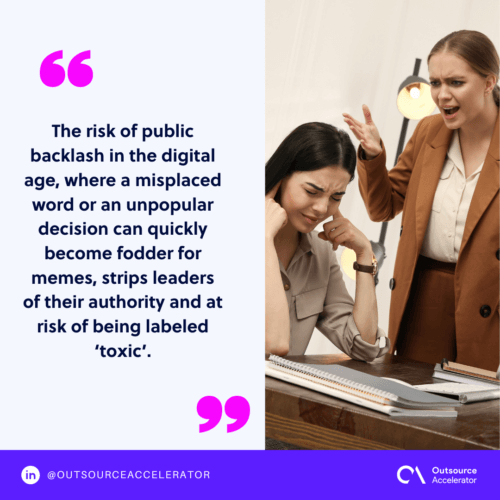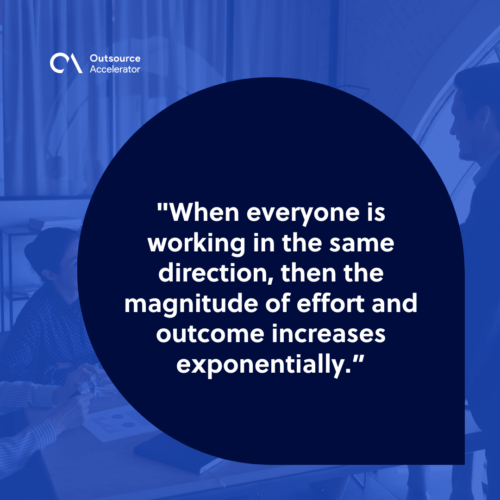When being right goes wrong
Last week, Bob Brisco, CEO of WebMD, released a ‘return-to-the-office’ video that went viral for all the wrong reasons.
The video was lambasted across social media, with everyone criticizing the video’s tone and its message;
“COME BACK NOW, OR ELSE!”
But Bob was only doing what any good CEO would do; lead his organization.
So why was the negative rhetoric around this video so profound?
The loss of the town hall meeting
In the past, CEOs could address their employees directly in the conference room, and if tempers flare behind closed doors, then so be it, like a coach giving his players a halftime pep talk.
Today, such directness is rare; CEOs and managers are compelled to adopt a more nuanced approach.
The risk of public backlash in the digital age, where a misplaced word or an unpopular decision can quickly become fodder for memes, strips leaders of their authority and at risk of being labeled ‘toxic’.
It’s an untenable situation, and one that needs to be addressed.

The pushback
This all reflects a broader cultural shift.
Remote work is no longer guaranteed, and people aren’t happy.
Employees are pushing back against ‘return-to-office’ policies like a classroom rebelling against a teacher’s authority.
But whilst they might hide behind the statement of “I’m more productive at home”, this argument doesn’t hold water.
If productivity was up across the board for remote workers, then Bob would gladly be shuttering WebMD’s buildings and investing heavily in Zoom infrastructure.
But this simply isn’t the case.
Why the office matters
Employees need to understand WHY they must return to the office.
It’s not about sacrificing home comforts; it’s about reigniting the innovation and progress which is sparked outside our comfort zones.
Simply put, we work better face-to-face.
The direct interaction between leader and follower ensures company priorities are understood and that work is done to its fullest, even if it means a quick siesta after lunch is no longer an option.
Taking a stand
Ultimately, companies need to draw a line in the sand.
They must find ways to communicate with a distributed team effectively and maintain productivity. This requires a delicate balance of assertiveness and understanding.
As Elon Musk aptly put it, “You need your vectors pointing in the same direction.”
When everyone is working in the same direction, then the magnitude of effort and outcome increases exponentially.
The real challenge is to align these vectors in an era where the traditional playbook no longer applies.

The question for your business
How will you manage the inevitable pushback against a return-to-work policy?

 Independent
Independent





















